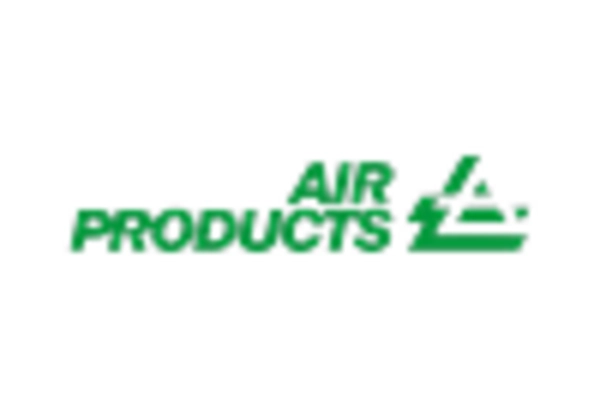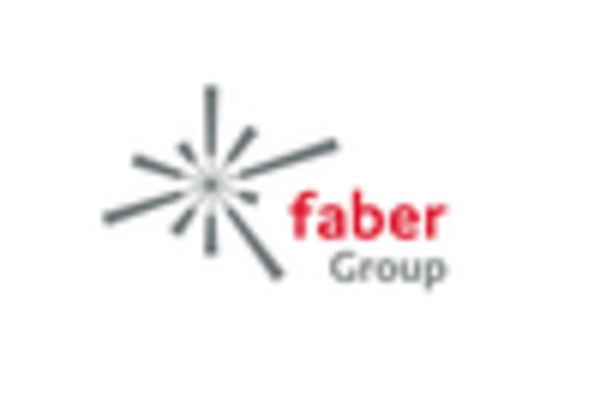Government Incentives for CNG Adoption
Government incentives play a crucial role in promoting the adoption of CNG vehicles, thereby impacting the cng tanks market. Various federal and state programs offer tax credits, rebates, and grants to encourage the transition to CNG. For instance, the U.S. Department of Energy has allocated substantial funding to support CNG infrastructure development. These incentives not only lower the initial costs for consumers but also stimulate investment in the cng tanks market. As more individuals and businesses take advantage of these programs, the demand for CNG tanks is expected to rise, fostering growth in the sector.
Rising Demand for Clean Energy Solutions
The increasing emphasis on clean energy solutions is a pivotal driver for the cng tanks market. As environmental concerns escalate, the shift towards cleaner fuels is becoming more pronounced. The U.S. government has set ambitious targets to reduce greenhouse gas emissions, which has led to a growing interest in alternative fuels like compressed natural gas (CNG). This trend is reflected in the rising number of CNG vehicles on the road, which has increased by approximately 15% over the past year. Consequently, the cng tanks market is experiencing heightened demand as manufacturers strive to meet the needs of this expanding vehicle segment.
Economic Viability of CNG as a Fuel Source
The economic advantages of CNG as a fuel source are significantly influencing the cng tanks market. With fluctuating oil prices, CNG has emerged as a cost-effective alternative, often priced 30-40% lower than gasoline. This price stability appeals to both consumers and fleet operators, driving the adoption of CNG vehicles. Additionally, the operational costs associated with CNG vehicles are generally lower, further enhancing their attractiveness. As more businesses recognize the potential savings, the cng tanks market is likely to see increased investment in tank production and infrastructure to support this growing demand.
Increased Focus on Fleet Conversion to CNG
The trend of converting commercial fleets to CNG is a significant driver for the cng tanks market. Many companies are recognizing the benefits of CNG in terms of cost savings and reduced emissions. Fleet operators are increasingly investing in CNG vehicles, which has led to a surge in demand for CNG tanks. Reports indicate that the number of CNG-powered commercial vehicles has grown by over 20% in the last year alone. This shift not only enhances the sustainability of operations but also positions the cng tanks market for robust growth as manufacturers respond to the rising need for efficient storage solutions.
Technological Innovations in CNG Storage Solutions
Technological innovations in CNG storage solutions are reshaping the landscape of the cng tanks market. Advances in materials and design are leading to lighter, more durable tanks that can withstand higher pressures. These innovations not only improve safety but also enhance the efficiency of CNG storage. The introduction of composite materials has allowed for the production of tanks that are both lightweight and robust, appealing to manufacturers and consumers alike. As these technologies continue to evolve, the cng tanks market is poised for growth, driven by the demand for more efficient and reliable storage options.

















Leave a Comment